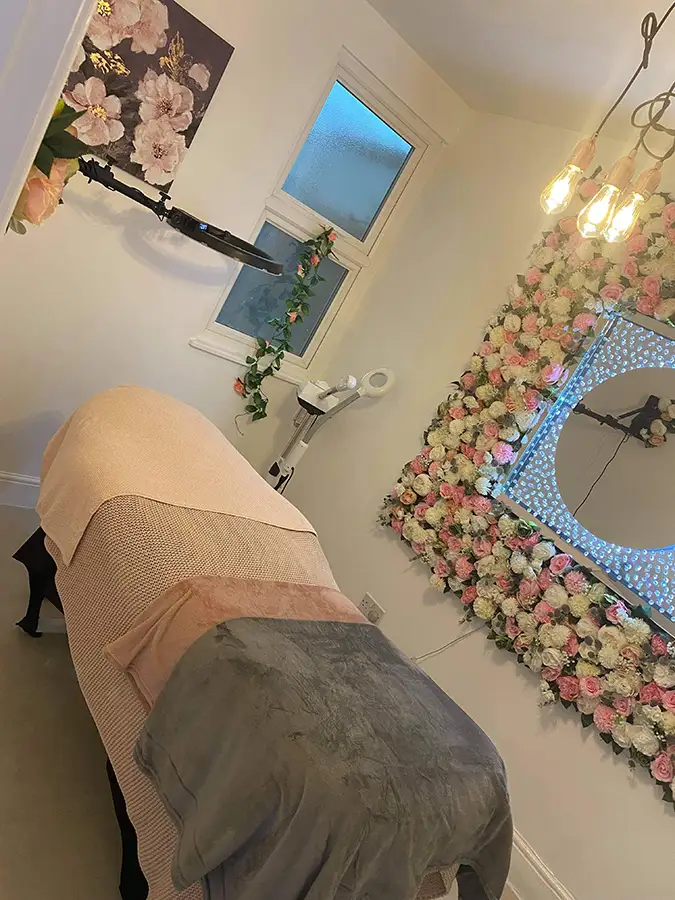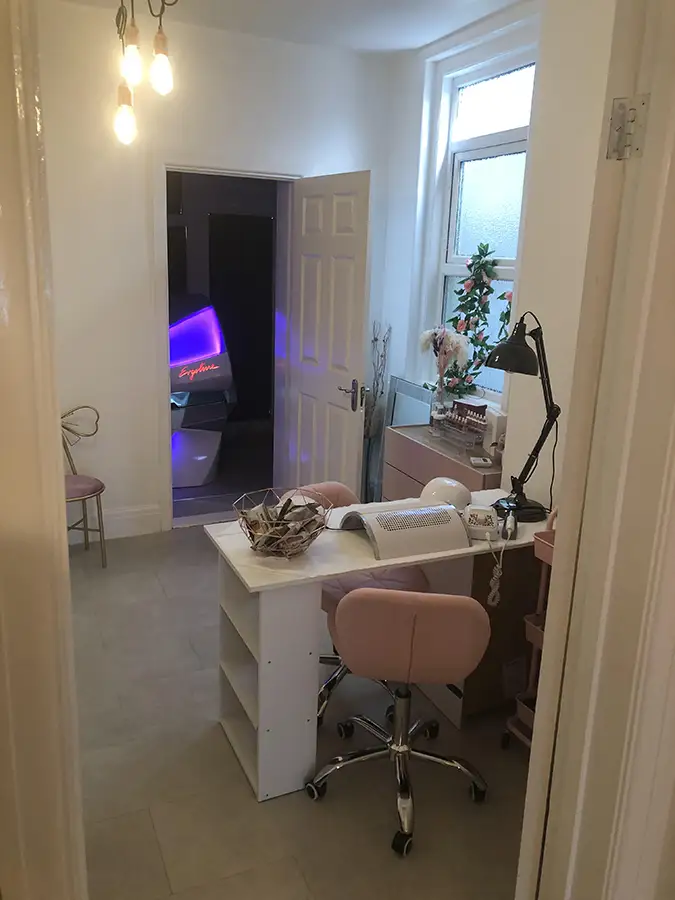"REVIVE & RENEW YOUR SKIN WITH CARBOXYTHERAPY!"
Who Doesn't Want To Look More Radiant and Healthy?
What is a deep Carboxytherapy Facial?
How often can I have it done?
| Carboxytherapy Facial Benefits | |
|---|---|
| Smoother skin | Reduced pore size |
| Reduced puffiness & skin swelling | Emphasised face contour |
| Tissue tightening and brightening | Reduction of dark circles |
| Reduced wrinkles & wrinkle depth | Reduced pigment spots |
Tissue tightening and brightening | Allows for better absorption of skincare products |
| Skin regenerating | Controls excess oil production |
| Enhanced blood circulation | Provides a relaxing and rejuvenating experience |
Book a ClinicCare Carboxytherapy Facial
Find Out More About Carboxytherapy
Oxygen levels in our skin drop by 25% by the age of 30, and about 50% by the age of 40 and as such, signs of ageing are more prone to occur. Non-invasive Carboxytherapy facials are a way to increase the flow of oxygen to your skin.
What We Use
Carboxytherapy Gel: Applied in an even layer over the face.
Activator Face Mask: Pressed firmly onto the gel to produce a specific amount of carbon dioxide to infuse with the skin.
As this is not an invasive procedure, we do not use gas machines, needles, or other tools that could penetrate the skin.
Our Treatment Process
In the Carboxytherapy procedure, a layer of Carboxytherapy Gel is evenly applied to the face. A Carboxytherapy Activator Face Mask is then firmly pressed onto the gel, generating and infusing a specific amount of carbon dioxide into the skin.
During the treatment, clients may experience a slight tingling sensation, and the treated area may turn mildly red due to the sudden influx of oxygen. Within 5 minutes after the treatment, the carbon dioxide applied to the skin is entirely replaced by oxygen.
This is followed by applying a lightweight lip and eye renewal cream to hydrate the skin. A sunscreen is also applied to protect against harmful UVA and UVB rays.
Clients can resume their regular activities immediately after the procedure, as no recovery period is necessary and the treatment itself is non-invasive.
Clinicare Carboxytherapy Facial Questions & Answers
Your comfort is our priority









